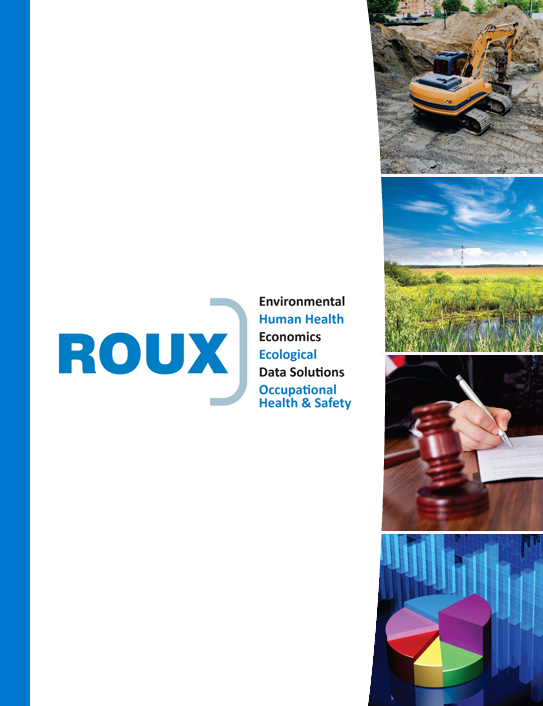The Poultry Industry: Recent Rulings, Sustainability, PFAS, & More
The poultry industry faces increasing pressure from a variety of stakeholders—federal and state regulators, NGOs, and citizens—over the potential environmental, health, and economic impacts from their operations.
Earlier this year, a Maryland court ruled that the state’s general discharge permit for concentrated animal feeding operations (CAFOs) must regulate nitrogen in the form of ammonia as a pollutant. This ruling recognized that the gaseous emissions are ultimately deposited onto “Waters of the State,” which are subject to both the federal Clean Water Act and state law. In its ruling, the court relied in part on studies finding that ammonia emissions at Maryland poultry operations contribute to nitrate pollution of the Chesapeake Bay and other waters. The Chesapeake Bay Program, a partnership between the United States Environmental Protection Agency (USEPA) and six states within the Bay’s watershed, estimates that ammonia gas emissions from poultry operations on Maryland’s Eastern Shore could be depositing as much as 3.8 million pounds of nitrogen annually to the nation’s largest estuary.
More recently, one of the country’s largest poultry companies agreed to pay a multi-million-dollar settlement to neighboring residents of its plant. The homeowners claimed in a class action lawsuit that seepage of wastewater from the poultry plant into groundwater, and ultimately into their residential wells, caused adverse health effects and property damage. Nitrate levels in some of the wells were found to be three times the federal limit.
The settlement included upgrading the facility’s Wastewater Treatment Plant (WWTP) to achieve environmental compliance. Despite the upgrade’s substantial capital cost, expenditures that convert non-core assets such as WWTPs into core Environmental, Social, and Governance (ESG) assets can generate important competitive advantages in an atmosphere of heightened consumer emphasis on sustainably produced goods and services.
Energy use is another metric determining companies’ ESG performance. By arranging for conversion of its waste materials to energy, a CAFO can supply the processing facility’s energy needs and generate revenue by selling excess energy supply directly to others or to the grid.
Another issue poultry operations increasingly face is identifying and managing liability risk from a contaminant class called PFAS (per- and poly-fluorinated alkyl substances). Since treated wastewaters from poultry operations are often used in agricultural spray fields as sources of nitrogen, associated agricultural PFAS sources that can affect groundwater—including biosolids, lubricants, and pesticides—are all potential PFAS sources that may be attributed to poultry operations.
Roux’s multidisciplinary experts collectively possess decades of experience solving our clients’ most challenging environmental issues. Our engineering, hydrogeology, geology, environmental science, human health, toxicology, safety, economics, and environmental management experts support industry to navigate complex regulatory compliance and enforcement issues. When circumstances call for it, Roux’s experts stand ready to help develop compliance strategies, provide timely litigation support, and clear, defensible expert testimony.
Sullivan is a Boston-based firm with an Environment, Energy & Natural Resources Practice Group. Their counsel advises clients on the full range of environmental compliance issues under federal and state laws, including government investigations, and regulatory and judicial enforcement actions. Sullivan has represented clients on a variety of environmental and energy-related issues, as well as collaborating with environmental consultants—including Roux—on PFAS strategies for clients, related to legal, regulatory, legislative, technical, and scientific developments.
Roux and Sullivan are available for consultation and to assist in developing sustainable energy initiatives, PFAS issues, and more.
